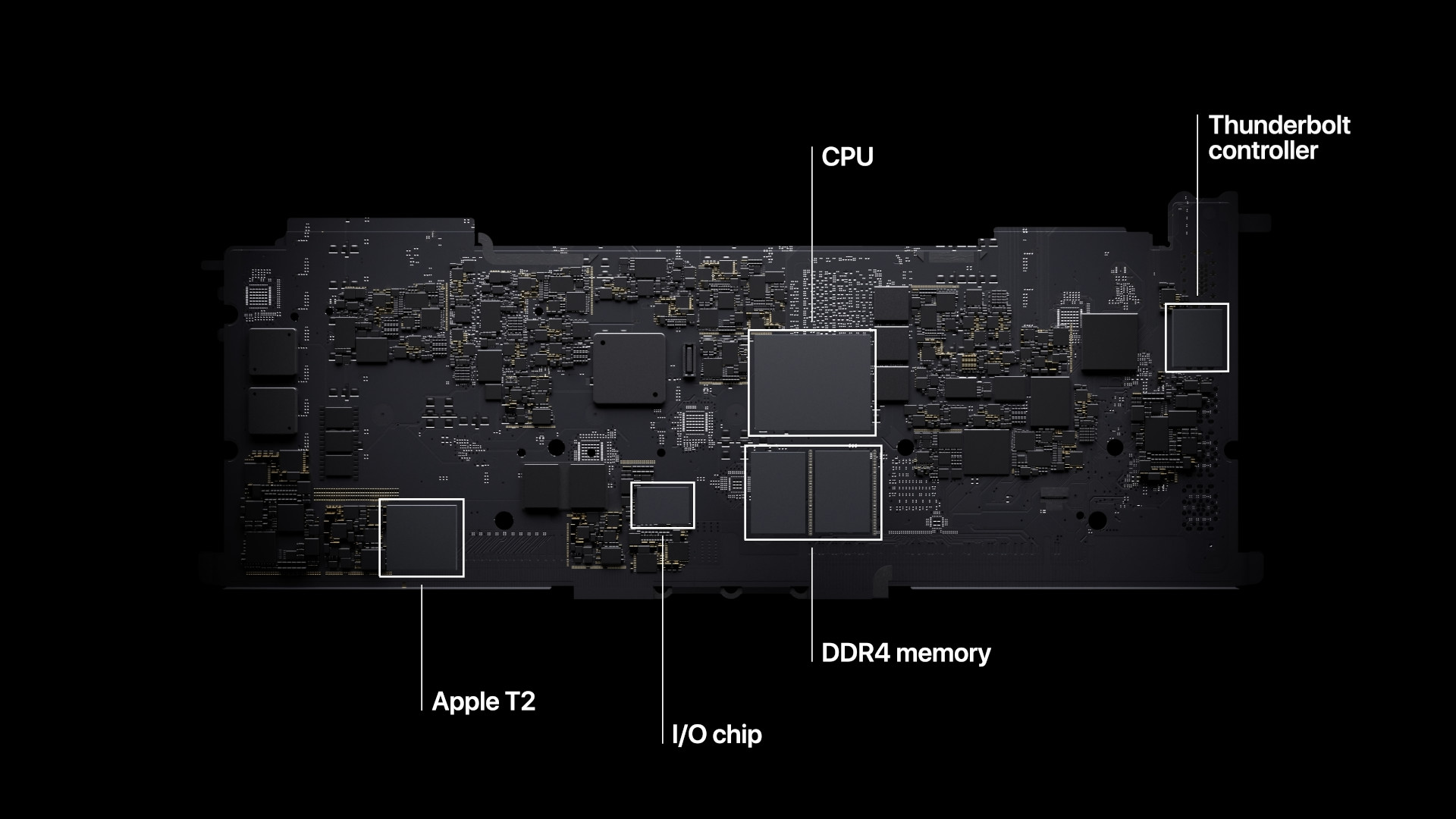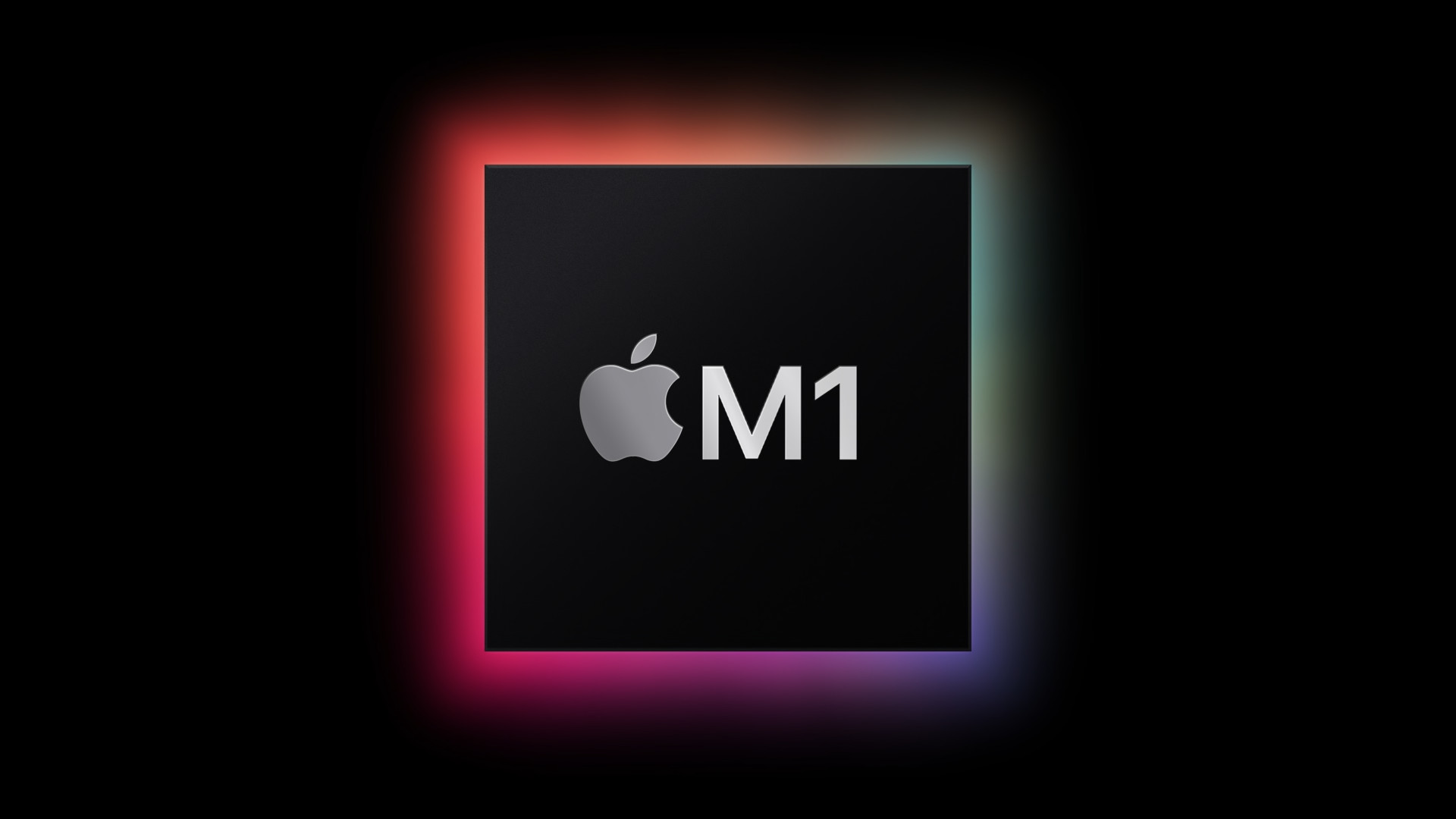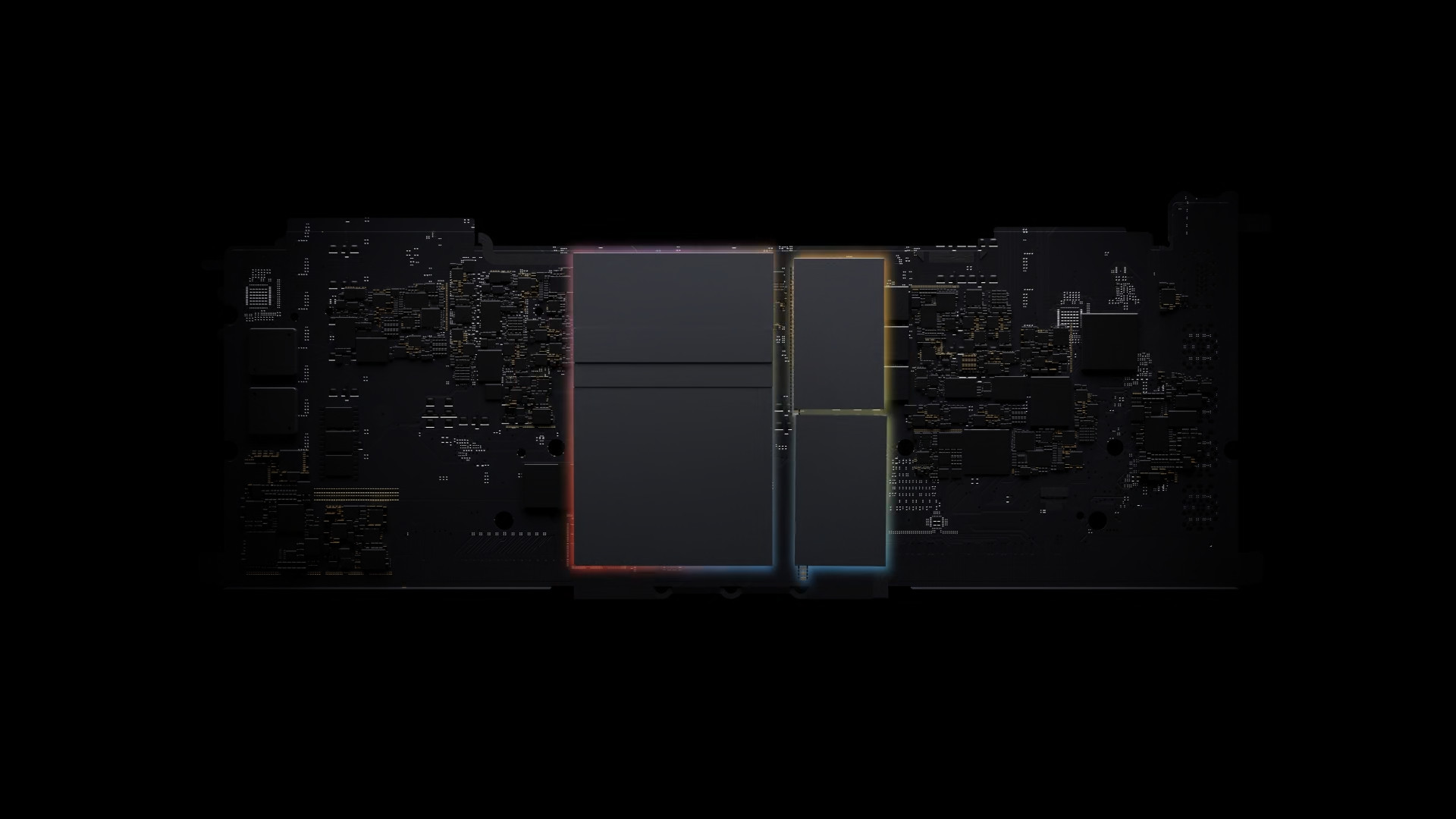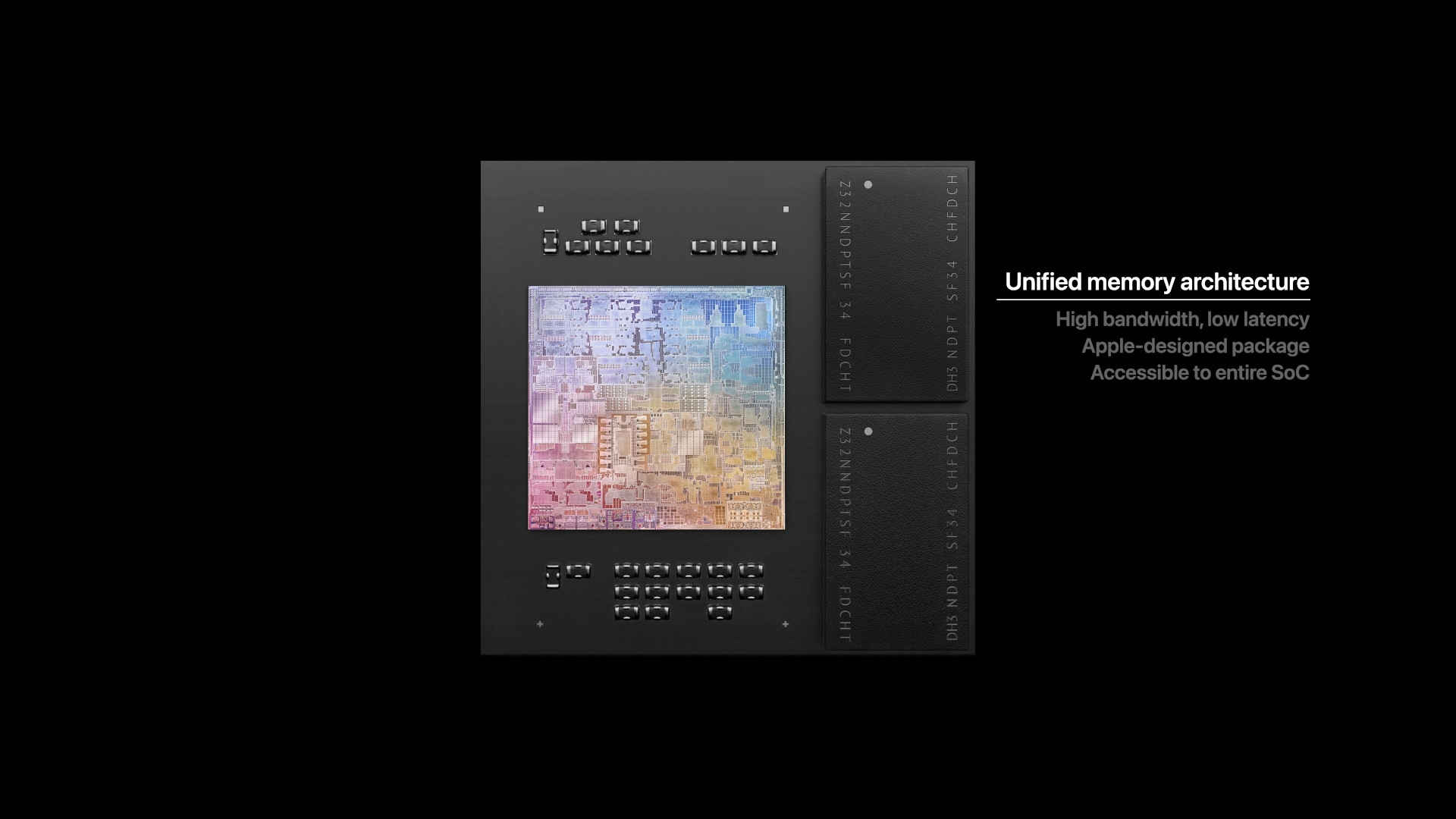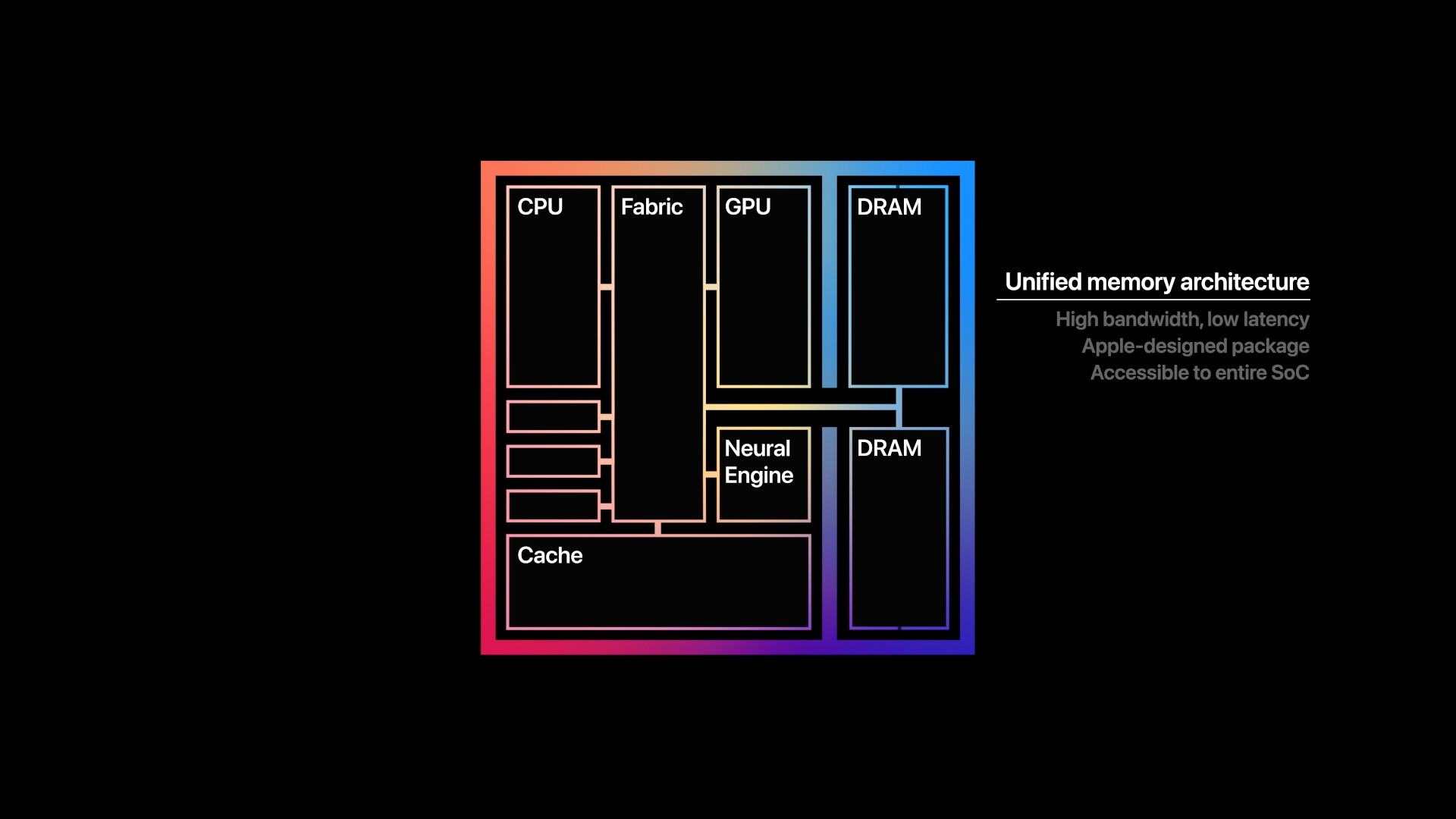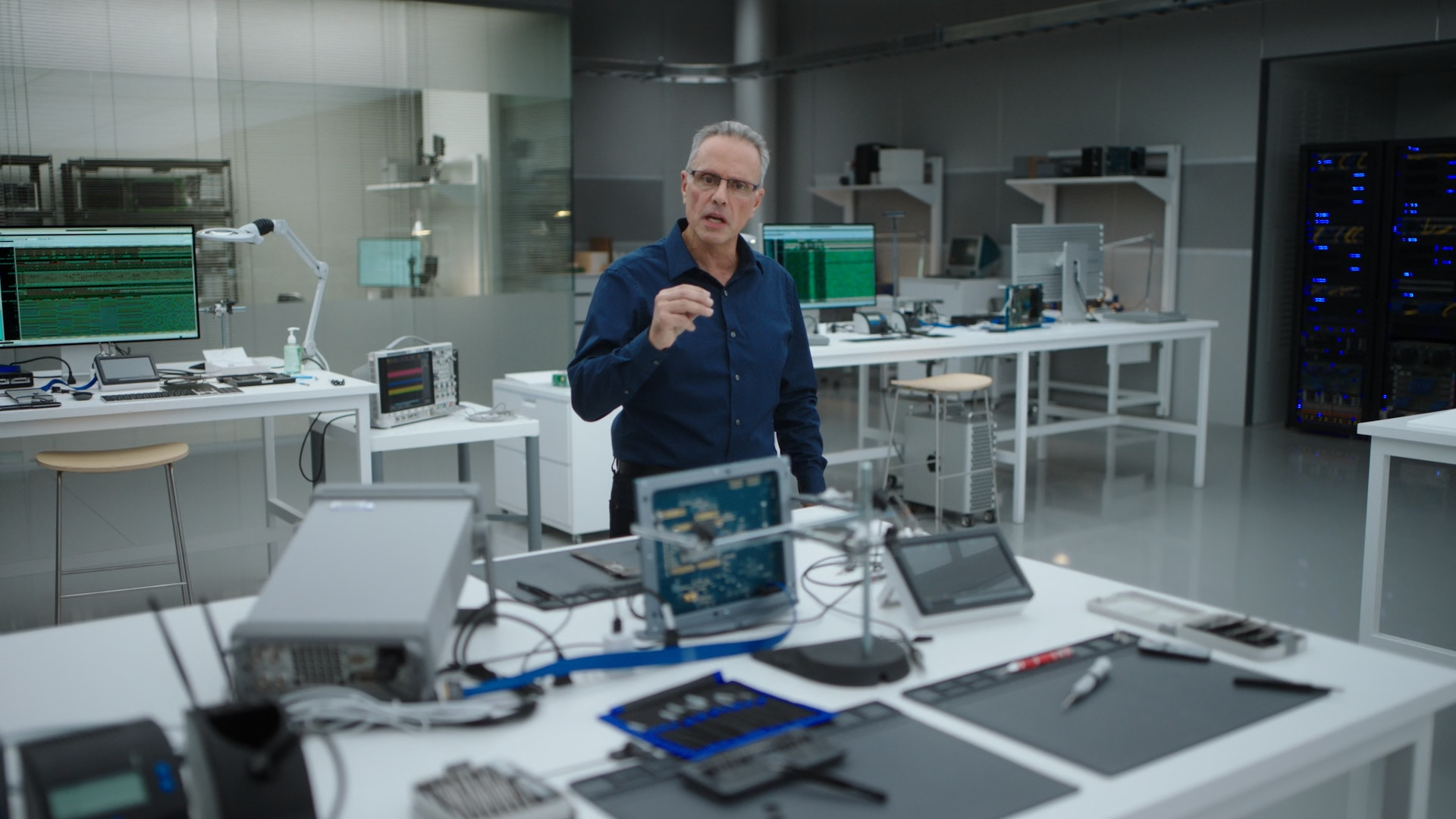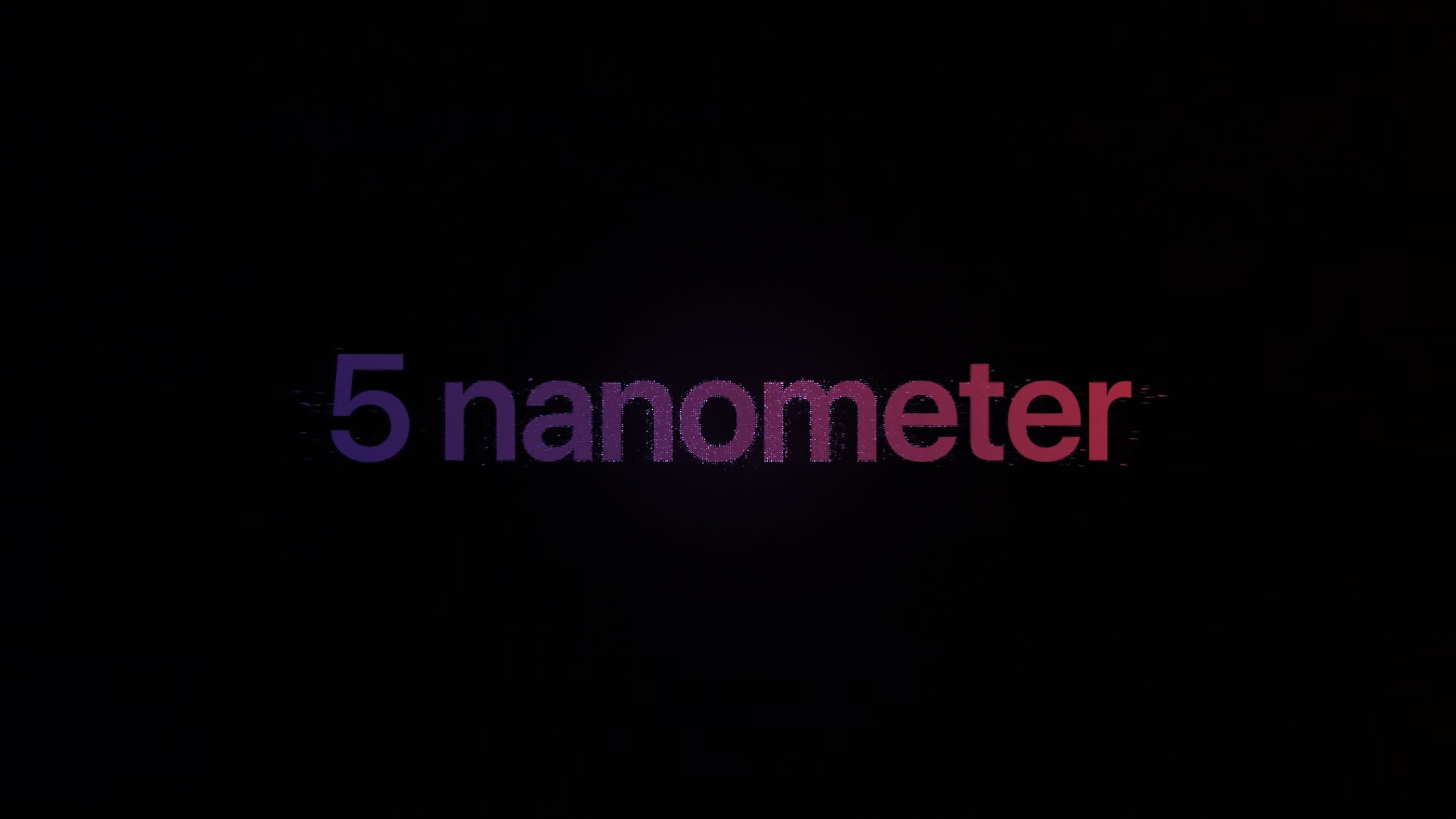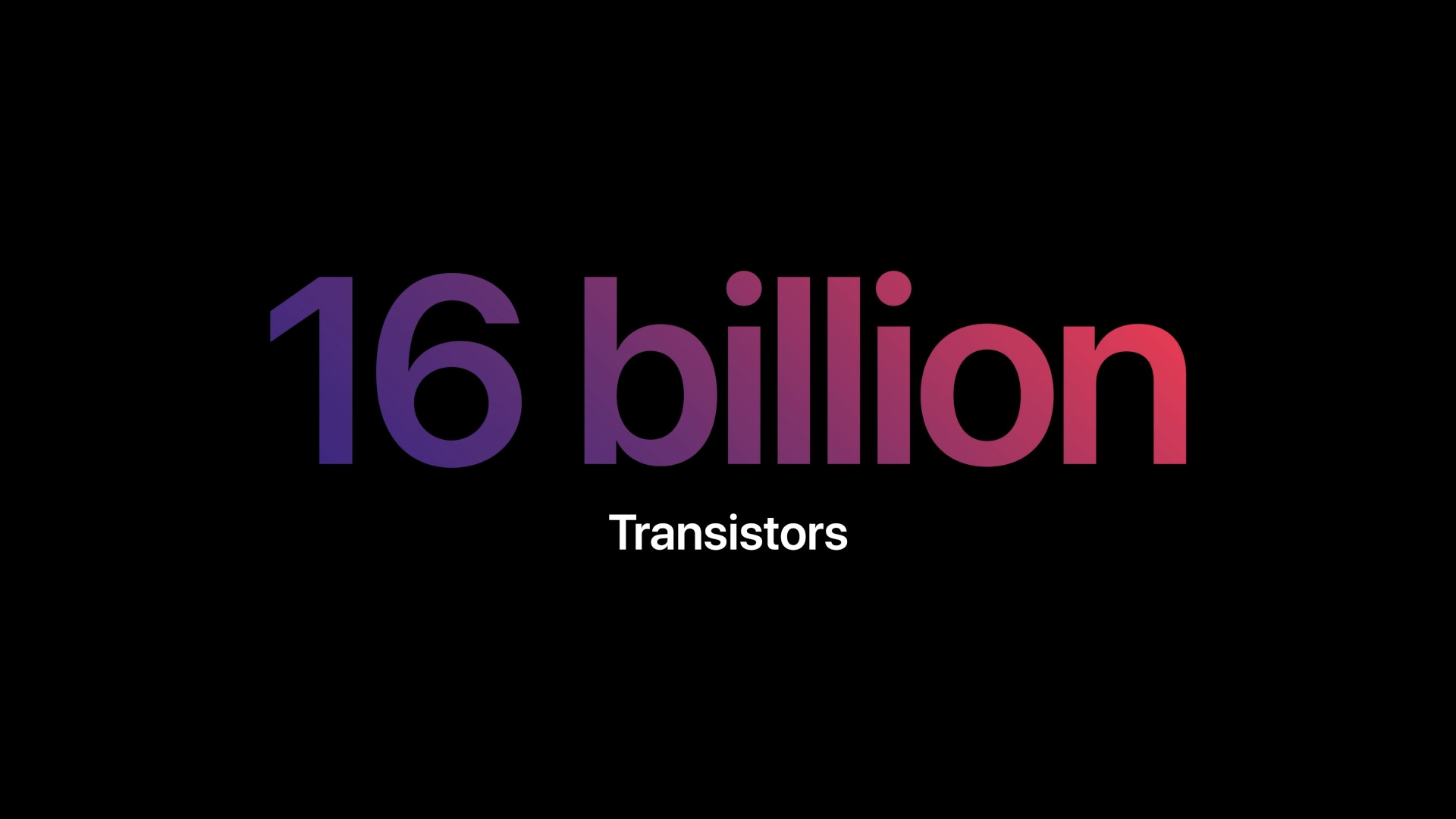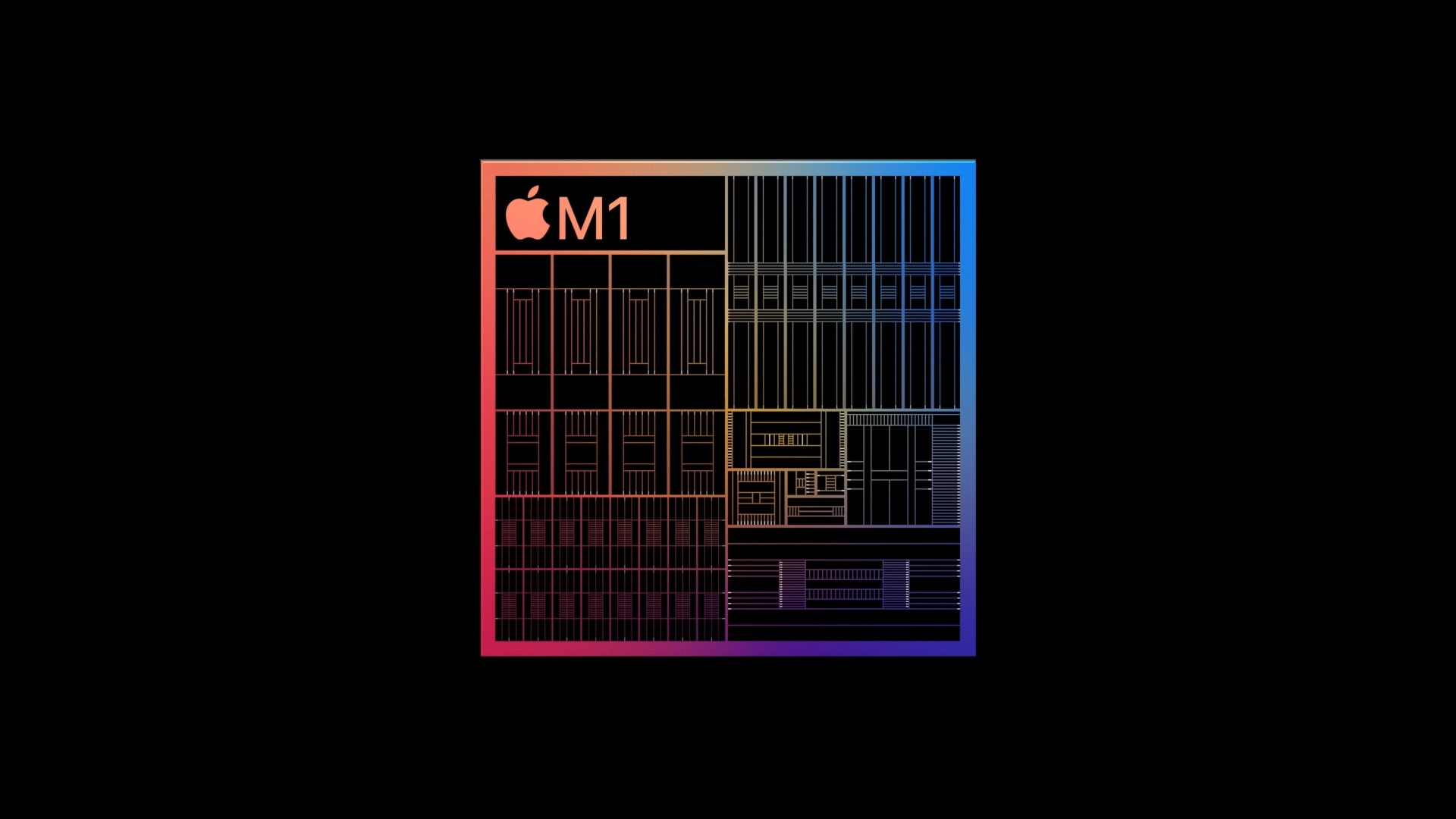In 2020, Apple presented us with a rather fundamental innovation in the form of Apple Silicon, i.e. the arrival of its own chips with which it wants to replace processors from Intel in its computers. Since this change, he promised us a fundamental increase in performance and higher economy. And as he promised, he also kept it. Today, we already have a number of different Macs available, and even the second generation of its own chip, called M2, is now heading to the market, which will first look into the redesigned MacBook Air (2022) and the 13″ MacBook Pro (2022).
It could be interest you
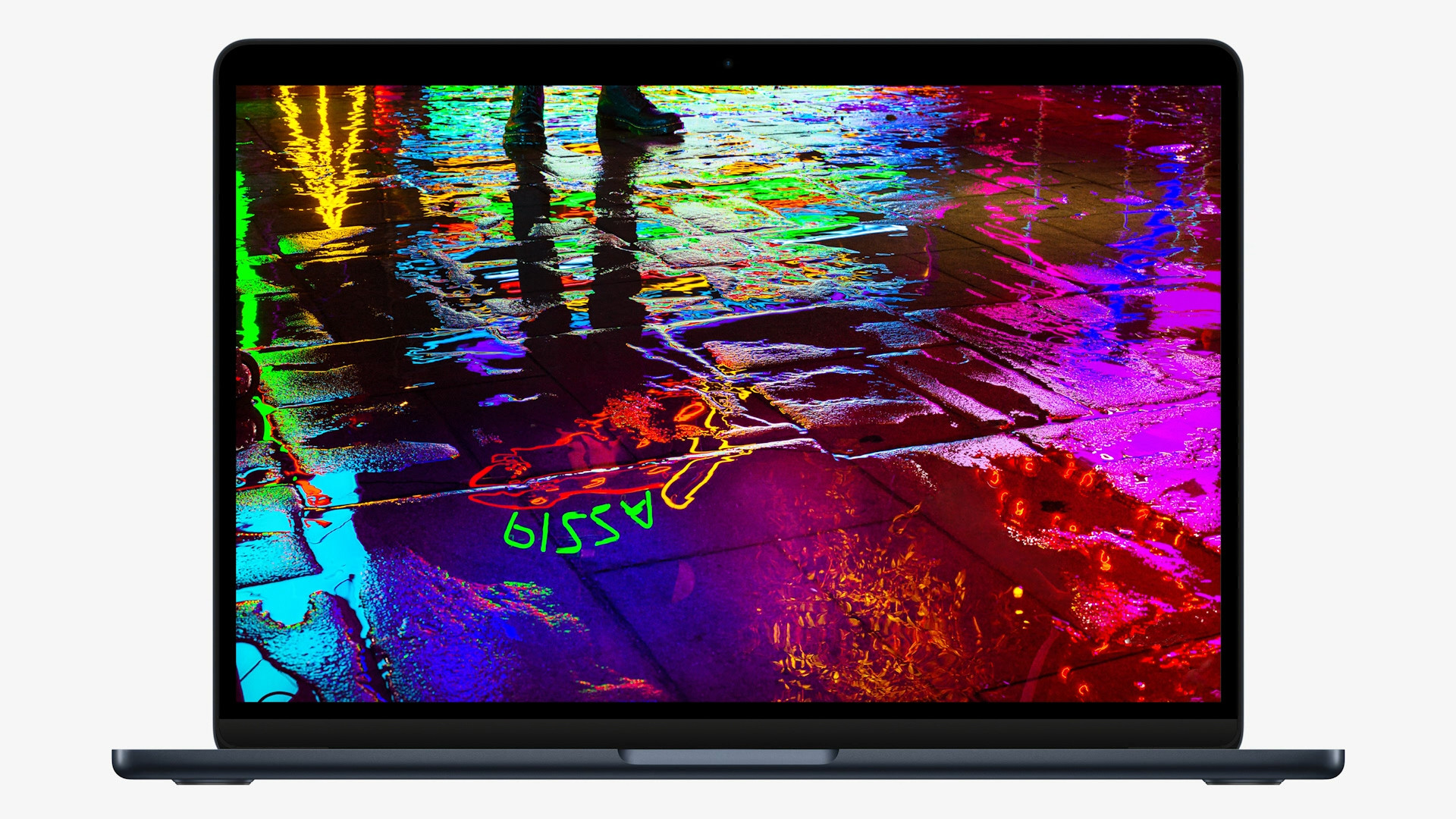
For practically all Macs, Apple has already switched to its own solution, with the exception of the professional Mac Pro. All other devices have already switched to Apple Silicon and you practically cannot even buy them in a different configuration. That is, except for the Mac mini. Although it was one of the first to receive the M1 chip at the end of 2020, Apple still sells it in a configuration with an Intel Core i5 processor with integrated Intel UHD Graphics 630. The sale of this model thus opens up an interesting discussion. Why has Apple switched to proprietary chips for all devices, but continues to sell this particular Mac mini?
Apple Silicon dominated the Mac offering
As we have already mentioned above, you can practically choose nothing else in the range of Apple computers today, other than models with Apple Silicon chips. The only exception is the aforementioned Mac Pro, for which Apple has probably not yet been able to develop its own chipset powerful enough to get rid of this last dependence on Intel. What is also interesting is how quickly the whole transition took place. While two years ago Apple only presented us with its intentions with Apple Silicon, today it has long been a reality. At the same time, the Cupertino giant shows us one thing – this is the future and it is pointless to continue to sell or buy devices with older processors.
It is for these reasons that some may find it quite strange that the older Mac mini with an Intel processor is still available today. So Apple specifically sells it in a configuration with a six-core CPU Intel Core i5 of the 8th generation with a frequency of 3,0 GHz (Turbo Boost to 4,1 GHz), 8 GB of operational memory and 512 GB of SSD storage. Based on this, it can be concluded that even a basic Mac mini with an M1 chip would easily fit this model in your pocket, and it will also be slightly cheaper.
Why is the Mac mini still available?
Now let's get down to the nitty gritty - what does this Mac mini actually do in the apple menu? Selling him in the finals makes a lot of sense, for several reasons. A likely possibility is that Apple is just reselling it and because of a full warehouse it would not make sense to cancel it. It is simply enough to leave it in the menu and offer potential interested parties what they want. However, apple growers generally agree on a slightly different reason. The transition to a new architecture is not something that can be solved overnight. Even computers with Apple Silicon have some disadvantages. For example, they cannot handle the installation/virtualization of classic versions of the Windows operating system, or they may not understand some specific programs.
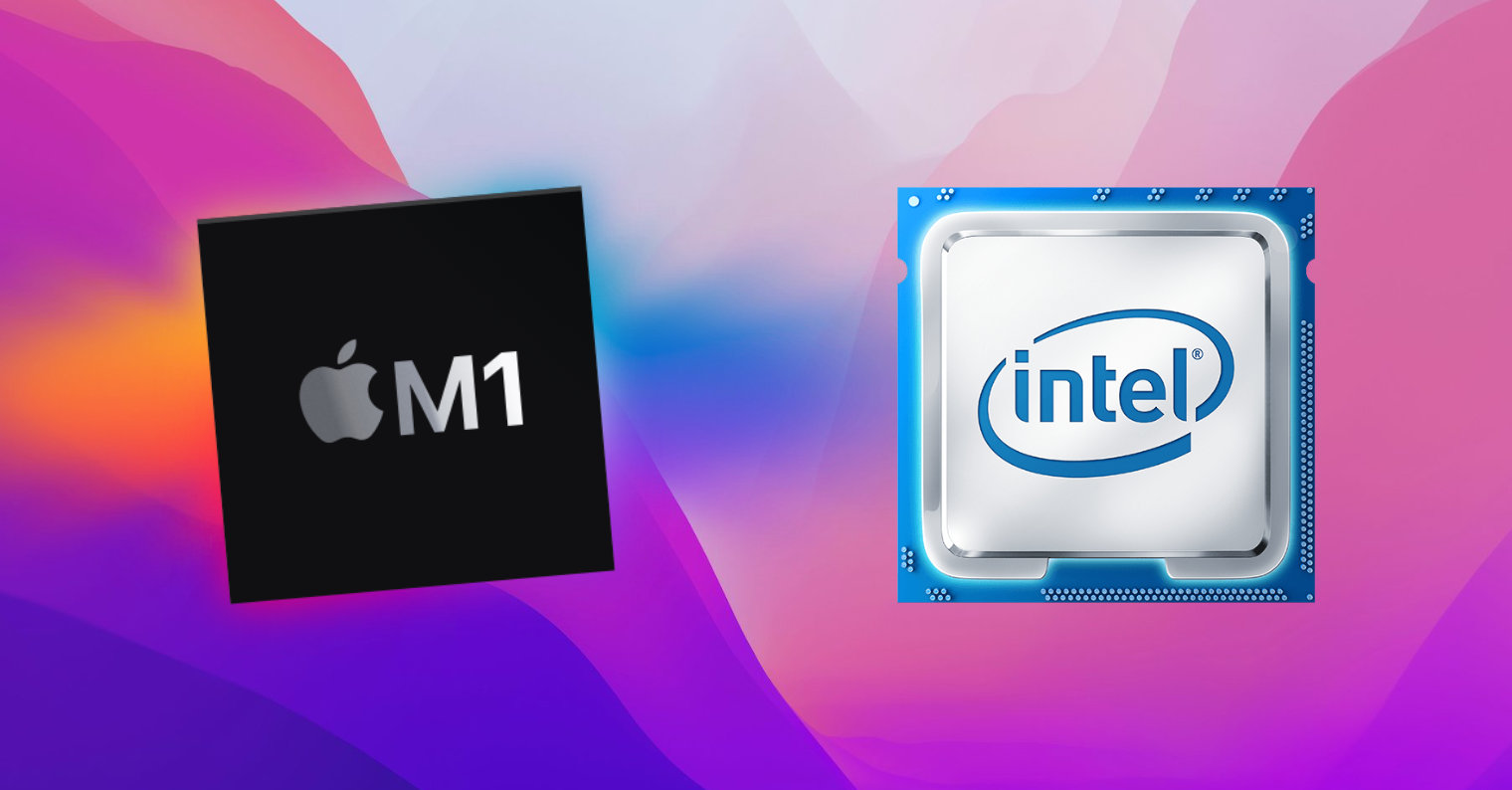
And this is where the stumbling block lies. Today's processors, whether from Intel or AMD, are based on the x86/x64 architecture using the complex CISC instruction set, while Apple relies on the ARM architecture, which uses, to put it simply, a "reduced" instruction set labeled RISC. Since Intel and AMD CPUs clearly dominate the world, it is of course understandable that all software is also adapted to this. The Cupertino giant, on the other hand, is a small player, and ensuring a truly full-fledged transition will take some time, since this is not decided directly by Apple, but primarily by the developers themselves, who have to rework/prepare their applications.
It could be interest you
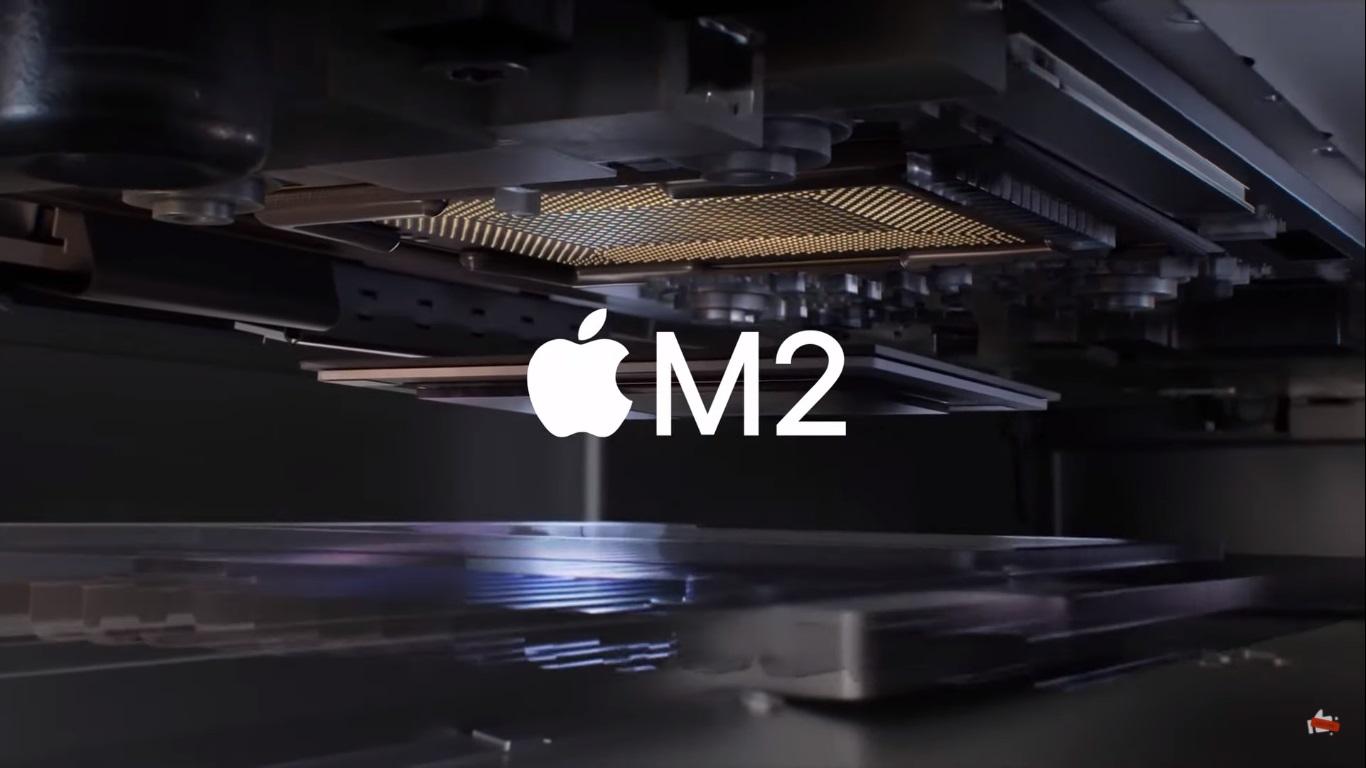
In this regard, it is therefore logical that some model running on an Intel processor remains in the range of Apple computers. Unfortunately, we can't even count the mentioned Mac Pro into it, because it is intended exclusively for professionals, which is also reflected in its price. This can reach almost up to 1,5 million crowns in the maximum configuration (it starts at less than 165 thousand). So if people need a Mac that doesn't have the slightest problem running Windows, then the choice is pretty clear for them. In addition, newer Macs with Apple Silicon do not support external graphics cards, which again can be a major problem for some. For example, in moments when they already own an external GPU and it would not make sense for them to spend unnecessarily on a more powerful Mac and then have to get rid of their equipment in a difficult way.
